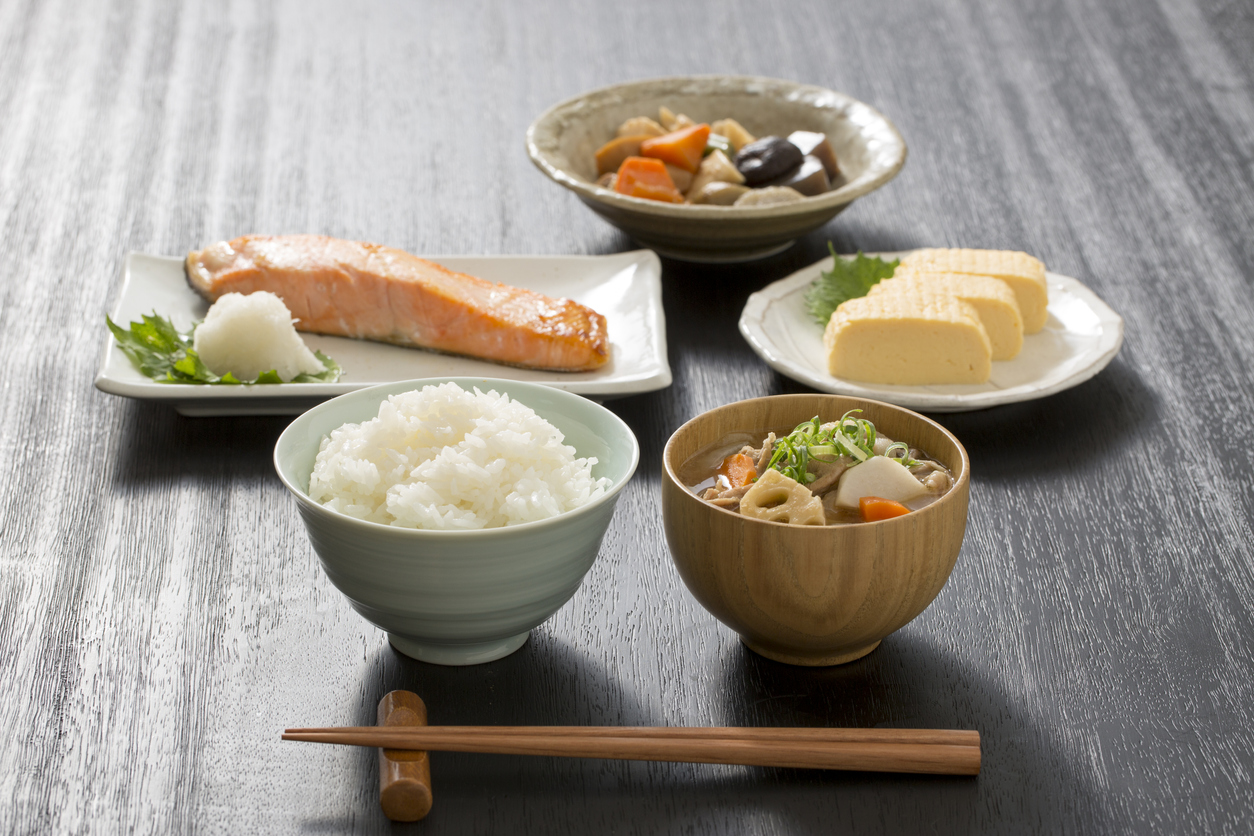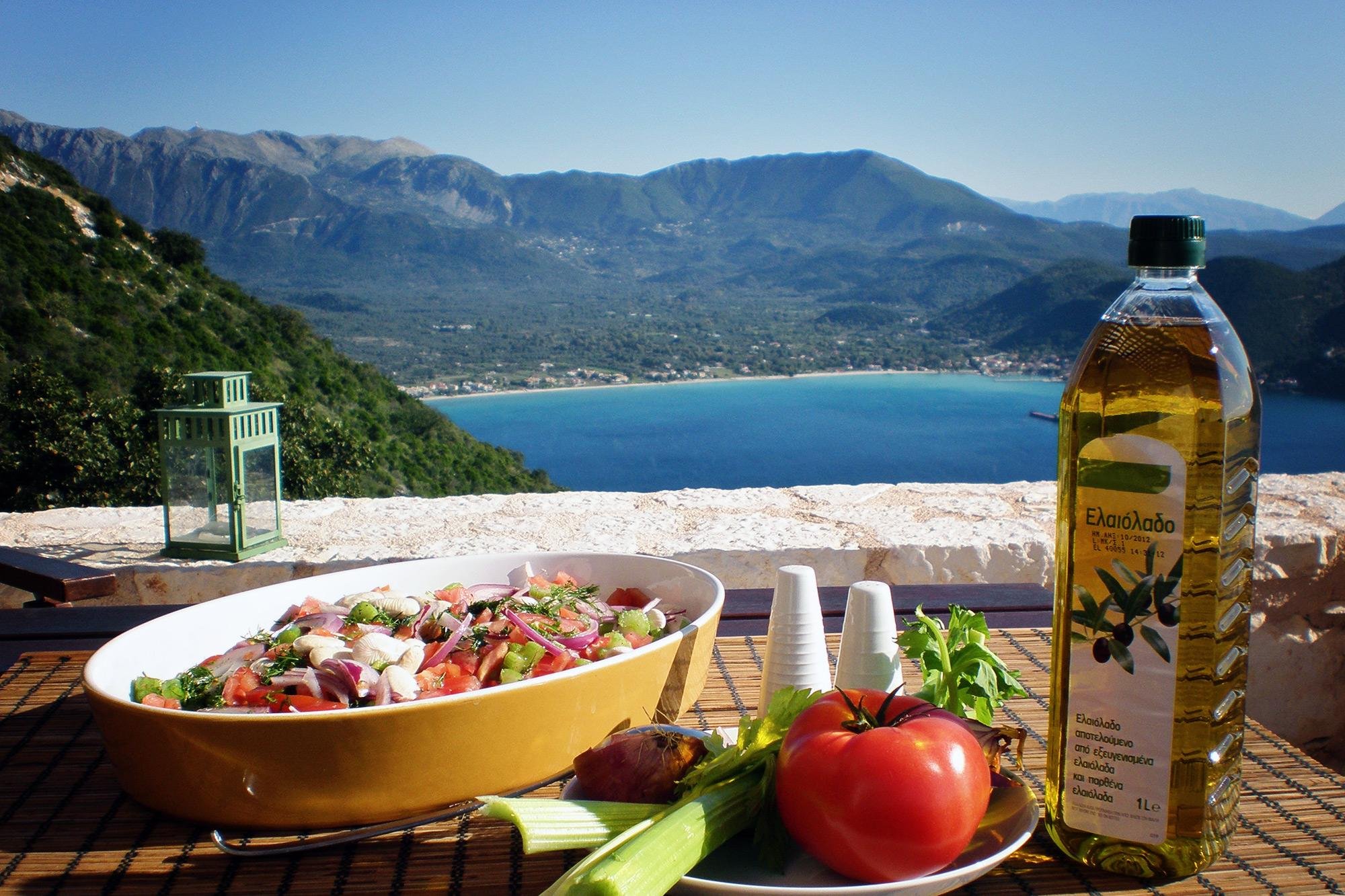It can be tricky to balance tasty, flavourful food with nutritional value – but some countries do it better than others. If you’re looking for a little inspiration for your home cooking or for your next trip abroad, below are some of the countries with the healthiest diets in the world.
Senegal
Senegal and much of the wider West African diet is another cuisine that can be great for supporting good health. The Senegalese diet traditionally consists of fresh, nutritious food, with plenty of herbs and spices such as ginger, garlic, and cumin. These are known for their antioxidant and anti-inflammatory properties that can keep us in good health.
Senegalese food is typically rich in starchy carbohydrates, including sweet potato, rice, and couscous. It includes fresh vegetables as well as fresh fish, plus peanuts and lentils, which are good, healthy sources of protein.

Japan
Japan is generally thought of as having one of the healthiest diets in the world. The country often ranks highly in lists of the most healthy countries and has one of the highest life expectancies in the world.
There are various things contributing to Japan’s overall health, but diet is a definite factor. The Japanese diet typically consists of a healthy balance of protein, such as fresh fish, carbohydrates, fresh vegetables, and fruit. Dishes also frequently include fermented soy products, which are known to be good for digestive health.
A Japanese diet will generally shun processed food and saturated fats in favour of fresh ingredients, especially when it comes to drinks. Water and green tea are some of the most popular choices in Japan, both of which are great for supporting good health.

Chad
The traditional Chad diet can be good for supporting health, as it typically sticks to natural, unprocessed foods. Locally-produced and fresh fruit, vegetables, meats, and whole grains are all staple parts of the Chadian diet.
Okra is a vegetable that features heavily in Chadian cuisine, and it’s rich in fibre, vitamins and antioxidants that can help lower the risk of heart disease and type 2 diabetes. Another popular vegetable in the Chadian diet is Cassava, which is calorie-rich and a good source of carbohydrates and important vitamins and minerals.

Spain
Spain and the Mediterranean diet can be extremely healthy. It’s characterised by a high intake of fresh, local vegetables and fruits, herbs, whole grains, and legumes. It’s also known for having unsaturated fat in the form of quality, locally-produced olive oil.
The Spanish diet is generally well-balanced, with carbohydrates, protein, and fruits and vegetables. Many ingredients are sourced locally and are of good quality. Typically, there is less focus on red meat and more on fresh fish. This all contributes to good heart and metabolic health, with low risk of syndromes such as type 2 diabetes.

Thailand
Thailand is known for having food that’s full of flavour, but it’s also a typically healthy cuisine. Traditional Thai dishes are filled with fresh vegetables and fruits, providing ample vitamins and minerals. Dishes in Thailand also usually balance a number of flavour profiles, such as sour, sweet, salty and spicy, which can help to satisfy cravings and prevent overeating.
Thai cuisine uses a lot of ginger, turmeric, and coriander, which all bring antioxidant and anti-inflammatory properties. They can help to boost the immune system and regulate the digestive system.

Iceland
Iceland is another country that has a healthy diet thanks to its abundance of fresh fish. The Icelandic diet, and the Nordic diet in general, is traditionally low in saturated fat and high in omega 3, which all contribute to good health, with lower blood pressure and cholesterol levels.
The Icelandic diet also consists of a lot of whole grains, such as dark rye bread, which offer slower-release carbohydrates. These can be better at providing sustained energy, are more filling, and will be digested more slowly, which all contribute to good health.

